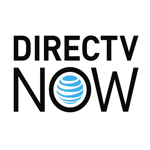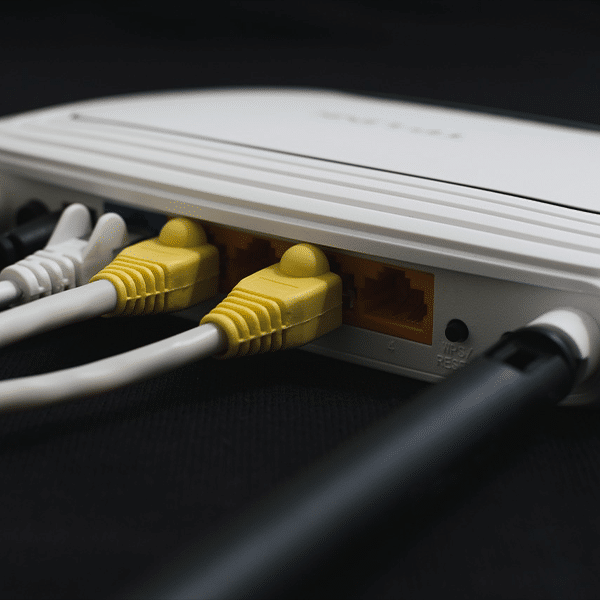 Two years after the launch of the over-the-top streaming video offering, AT&T has gained a deeper understanding of DIRECTV NOW subscribers, said John Donovan, CEO of AT&T Communications, on the company’s third-quarter earnings call today.
Two years after the launch of the over-the-top streaming video offering, AT&T has gained a deeper understanding of DIRECTV NOW subscribers, said John Donovan, CEO of AT&T Communications, on the company’s third-quarter earnings call today.
According to Seeking Alpha’s transcript of the earnings call, Donovan described what the company has learned as “a tale of two cities” and said that knowledge would drive the company’s DIRECTV NOW strategy moving forward.
About one-third of DIRECTV NOW subscribers comprise a market that is “very promotionally intensive,” Donovan said. These customers, he said, shop seasonally for shows and jump from promotion to promotion for Hulu Live, YouTube TV and DIRECTV NOW.
Moving forward, he said, AT&T plans to reduce promotions that appeal to low-value, high-churn customers such as these.
“[W]hat we’re after is customers that are highly engaged, that find the product compelling and use it a lot,” said Donovan.
AT&T wants to “secure that base” as a means of preparing itself to supplement subscription revenues with ad revenues, he noted.
Ideal DIRECTV NOW Subscribers
AT&T executives have talked frequently about the strong position they see the company in with regard to advertising because the company is well positioned to leverage its unique customer data to offer highly targeted advertising options.
But as Donovan’s comments suggest, this type of advertising will be more effective if the target isn’t a moving one.
As for the promotionally-intensive portion of the DIRECTV NOW customer base that AT&T “burned off,” Donovan said that’s a segment that the company “may or may not . . .chase in any given quarter.”

Because that segment is so price-sensitive, Donovan said, customers in that segment are “always available” and “you can always go get that business when you find the economics to do it” or if doing so would be “advantageous” because of opportunities involving ad-supported models.
AT&T’s new DIRECTV NOW strategy should enhance the profitability of that offering, Donovan noted – an issue that has been a concern for some industry observers since the offering was introduced.
“We know our customer base now,” said Donovan. “And with our data, we’ll continue to tweak our approach to optimize profitability and see our value proposition stabilize.”
He suggested that the company might also make some content changes to improve profitability. Noting that content is “the largest and fastest growing cost of any video offering,” he said the company will evaluate its channel lineups and take a “fresh look” at how it can “align content cost with the price.”


